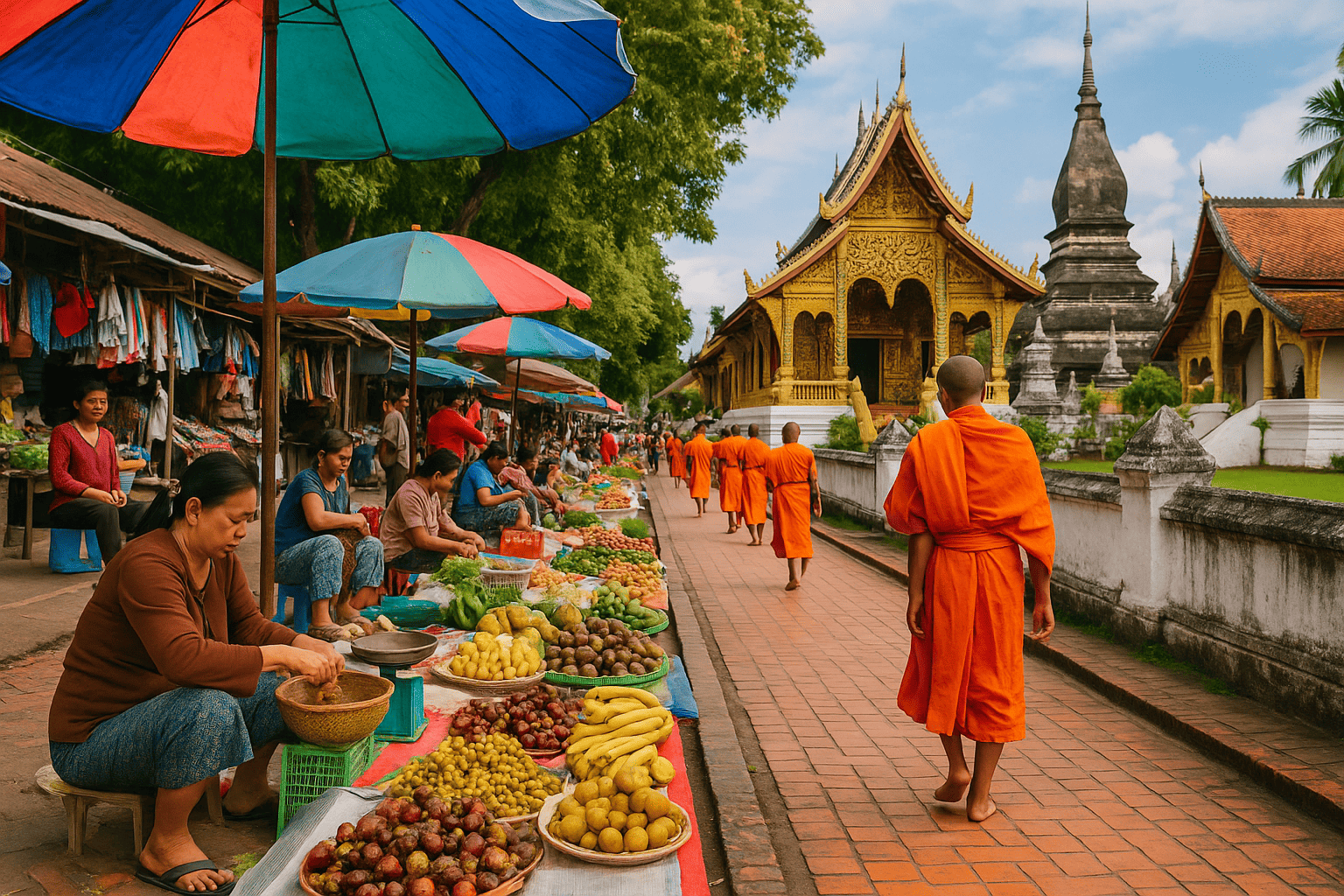Introduction
Southeast Asia is a region of immense cultural, historical, and spiritual complexity. From the bustling markets of Bangkok to the serene monasteries of Luang Prabang, the diversity of daily life reflects centuries of trade, migration, religion, and colonial legacy. While mass tourism often flattens these experiences into highlights and checklists, a deeper form of travel offers richer insights. This blog explores how ‘deep travel’ in Southeast Asia—immersive, culturally engaged, and ethically aware—reveals the hidden dimensions of place, tradition, and identity.
What is Deep Travel?
Deep travel refers to an approach that goes beyond superficial sightseeing. It involves immersion in local culture, meaningful interaction with residents, and a commitment to understanding the historical and social fabric of a destination. Coined by travel writers like Pico Iyer and Thomas Swick, the concept encourages slowness, observation, and empathy. In Southeast Asia, this mode of travel allows for authentic encounters that honor local traditions and promote sustainable cultural tourism.
Cultural Microcosms in Markets
Markets in Southeast Asia are not just places of commerce—they are sites of cultural expression, social interaction, and culinary heritage. Visiting a market reveals much about a region’s agricultural practices, regional flavors, religious taboos, and social hierarchies.
– **Bangkok’s Or Tor Kor Market** offers a glimpse into Thailand’s royal culinary standards, while night markets in Chiang Mai reflect a mix of Lanna heritage and modern tourism.
– **Vietnam’s Hoi An Market** showcases central Vietnamese foodways—fermented fish sauce, herbal medicines, and intricate rice paper crafts.
– **Cambodia’s Psar Chas (Old Market)** in Siem Reap merges Khmer cuisine with remnants of French colonial influence.
Spending time observing or engaging with vendors uncovers generational knowledge, migration patterns, and local narratives about food and identity.
Spiritual Depths: Monasteries and Temples
Temples and monasteries are central to life in Buddhist-majority countries like Laos, Myanmar, and Thailand. Deep travel involves more than photographing golden spires—it involves learning about monastic life, Buddhist cosmology, and religious etiquette.
– In **Luang Prabang**, travelers can participate in or respectfully observe almsgiving ceremonies (Tak Bat), understanding it as a practice of merit-making and humility.
– In **Bagan**, Myanmar, over 2,000 ancient stupas offer insights into the syncretism of Theravāda Buddhism and local animist beliefs.
– In **Thailand’s forest monasteries**, silent meditation retreats allow for direct engagement with Buddhist teachings, emphasizing mindfulness and detachment.
Such encounters promote introspection and cultural literacy, rather than passive consumption.
Colonial Legacies and Contemporary Life
Deep travel also requires an awareness of history. Southeast Asia’s landscape bears the imprint of colonialism—French, British, Dutch, and American—alongside resistance and revival. Understanding this context adds nuance to cultural sites.
– In **Vietnam**, visits to the War Remnants Museum or Cu Chi tunnels contextualize local resilience.
– In **Malaysia**, architectural tours in Penang reveal British colonial imprints blended with Peranakan culture.
– In **Indonesia**, Yogyakarta’s cultural life is infused with anti-colonial pride and Javanese court traditions.
Deep travel connects today’s rituals with historical transformation, offering a layered understanding of identity and memory.
Ethics and Responsibility in Deep Travel
Deep travel is rooted in ethical tourism. This means:
– Supporting local artisans and businesses over multinational chains
– Asking permission before taking photos of people or rituals
– Learning basic greetings in local languages
– Participating in cultural activities (e.g., cooking classes, dance workshops) with respectful curiosity
– Being mindful of dress, behavior, and spiritual customs
These practices ensure that cultural encounters remain reciprocal and sustainable.
Learning from Local Voices
True cultural insight comes from listening. Engaging with guides, scholars, artisans, monks, and villagers reveals perspectives often missing from guidebooks. Local storytelling, oral history, and folklore explain why certain traditions endure, how communities adapt to change, and what values shape public life.
For example, talking to Laotian boat-makers in Nong Khiaw reveals the significance of river life; or learning from Thai mural artists about Buddhist epic paintings opens windows into ethics and aesthetics.
Local voices transform travel from spectacle to story.
Conclusion
Southeast Asia offers a rich tapestry of experiences—but to truly grasp its depth, travelers must move slowly, engage consciously, and learn continuously. From vibrant markets to tranquil monasteries, every corner of the region has a story waiting to be understood. Deep travel fosters not only cultural appreciation but also personal transformation, building connections that endure beyond the journey.
References
– Iyer, P. (2000). *The Global Soul: Jet Lag, Shopping Malls, and the Search for Home*. Vintage.
– Swick, T. (2016). *The Joys of Travel: And Stories That Illuminate Them*. Skyhorse Publishing.
– UNESCO World Heritage Reports. https://whc.unesco.org/en/
– Responsible Travel Guidelines, 2023. https://www.responsibletravel.com/

